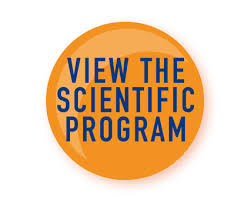
Enrique Montiel Flores
Montiel F.E.1, Flores R.I.1, Maldonado N.A1., Pureco O. C.1., Saldaña M. J. J.1, Contreras G. R.1, Carpio B. L. A.1, RodrÃguez B. C.1, GodÃnez S. O.1, López G. M. and Herrera L. M. E.1 1Lic. En Quiropráctica, Cuerpo Académico DES-Salud, Universidad Estatal del Valle de Ecatepec. Ecatepec de Morelos, Edo. De México. México.
Title: Postural Changes in Asymptomatic College Students Treated with Chiropractic Manipulation
Biography
Biography: Enrique Montiel Flores
Abstract
Posture is a biomechanical state that relates with osseous, muscle and nervous system, also regulated weight distribution on lower extremities, contributing to an adequate corporal alignment and proprioception. Incorrect posture behaviors provokes malfunction of these three systems. We previously reported that chiropractic manipulation (CM) with Diversified technique, improves posture (biomechanical stability) in distance college runners. We analyzed postural changes before and after of CM on asymptomatic college students. A 65 asymptomatic college students (UNEVE) were selected. Two images were taken and analyzed per student, before and after of CM using Posture Screen Software mobile version 1.3.9 (Posture Co, Inc.). Vertical line (AP) and lateral line (LL) from areas cervical, dorsal, lumbar, knees, as well as, weight were analyzed. To determine displacement differences for AP and LL regarding ideal lines, we established negative (-) values to AP when located towards patient left side and to LL when located forward to the patient. CM treatment consisted in two adjustments per week, during a 2-month period with Diversified technique. For AP significant differences (p<0.05) at cervical region during adjustments 6-10 and 14-16 were observed. For dorsal and lumbar areas, we observed significant differences during adjustments 2-16. Considering weight, we only observed significant differences during adjustments 5-10-15. For LL images significant differences (p<0.05) were obtained in cervical region during adjustments 1-5 and 9-12, dorsal area from 3-16, lumbar region at 4-7 and knees in adjustments 6-7. Our results show, CM treatment, lead AP and LL to shift towards ideal posture values and redistributes loads (weight) in both lower extremities. Treatment helped postural alignment and improves biomechanical stability in students.

